DW
The PKK has claimed responsibility for an attack on a defense company in Ankara in which five people were killed. Who is the PKK and what do they strive for?
The PKK has claimed responsibility for an attack on a defense company in Ankara in which five people were killed. Who is the PKK and what do they strive for?
Image: Alain Pitton/Imago Images
The Kurdistan Workers' Party (PKK) has claimed responsibility for the attack on the Turkish defense company TUSAS in Ankara, according to the Kurdish news agency ANF.
The report states that the "Immortal Battalion," an autonomous unit of the PKK's military arm, was responsible for the attack, which was carried out in response to Turkish "massacres" and other actions in Kurdish regions.
The attack took place shortly after an advance on the possible release of PKK founder Abdullah Ocalan under the condition that his organization disarms. The PKK denies any links between this and to the attack.
Who is the PKK and what are their aims?
The Kurdistan Workers' Party (PKK) has claimed responsibility for the attack on the Turkish defense company TUSAS in Ankara, according to the Kurdish news agency ANF.
The report states that the "Immortal Battalion," an autonomous unit of the PKK's military arm, was responsible for the attack, which was carried out in response to Turkish "massacres" and other actions in Kurdish regions.
The attack took place shortly after an advance on the possible release of PKK founder Abdullah Ocalan under the condition that his organization disarms. The PKK denies any links between this and to the attack.
Who is the PKK and what are their aims?
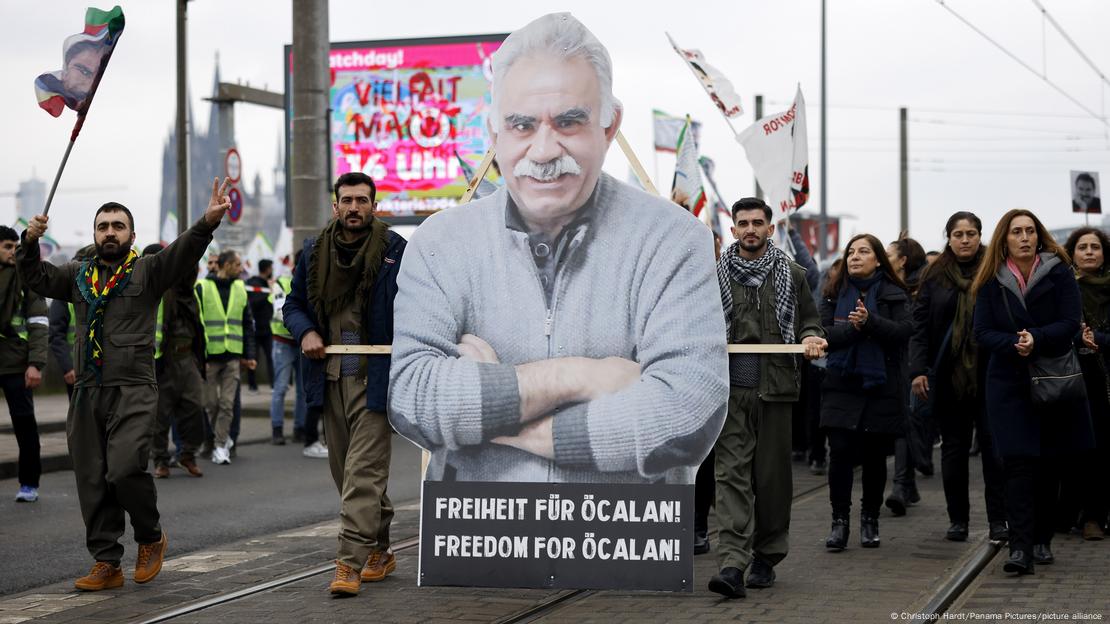
The latest attack might have thwarted attempts to release PKK-founder Abdullah Ocalan after years of prison in return for disarming the PKKImage: Christoph Hardt/Panama Pictures/picture alliance
The origins of the PKK
In Turkey, social tensions between Turks and Kurds have been an issue for decades.
Kurds have been demanding more cultural and political rights from the centrally organized Turkish state, while Ankara often frames such demands as a threat to national stability.
Kurds make up around 20% of Turkey's population. While they live all over the country, the largest communities are concentrated in the southeast. Kurdish groups also live in the neighboring states of Syria, Iraq and Iran.
In Iraq, the Kurds hold a semi-autonomous status in the Autonomous Region of Kurdistan, while in northeastern Syria some areas are under the control of the Kurdish-dominated Syrian Democratic Forces (SDF).
Within Turkey, two main actors seek to represent the interests of the Kurds: The Peoples' Equality and Democracy Party, or DEM — the third largest party in parliament — and the PKK. The DEM Party is committed to a peaceful, political solution whereas the originally Marxist-Leninist PKK is armed, and its members have engaged in guerrilla tactics.
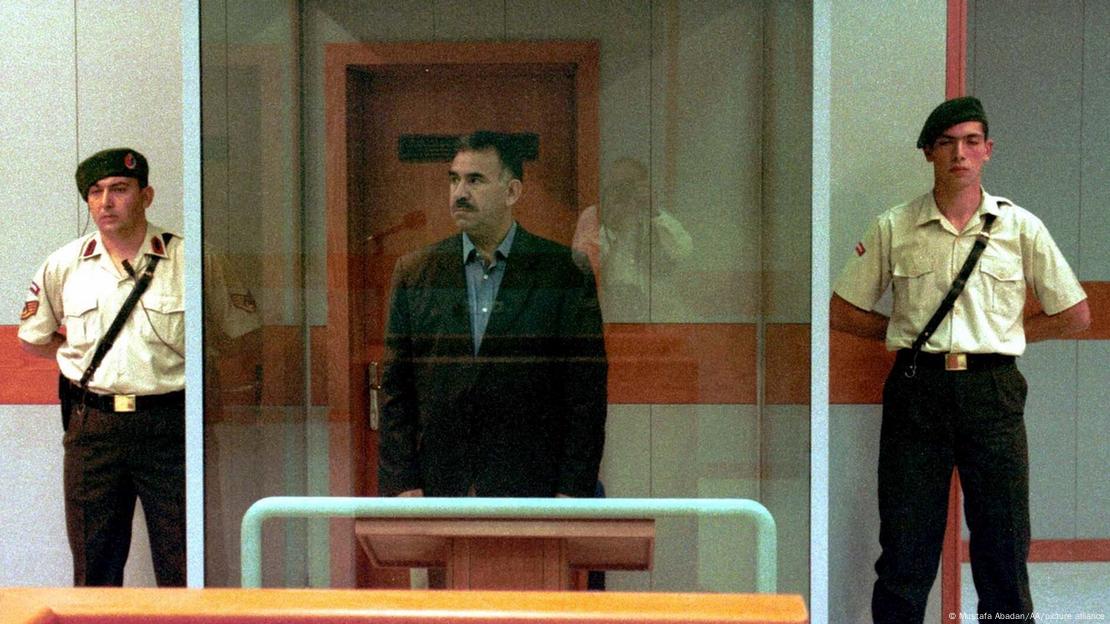
Abdullah Ocalan is said to control the PKK from behind barsImage: Mustafa Abadan/AA/picture alliance
What are the PKK's aims?
Founded in 1978, the PKK's original aim was to establish an independent Kurdish state. However, since 1984, the PKK has been engaged in an armed conflict with the Turkish state.
According to several political scientists, this conflict is considered a low-intensity war. It has claimed up to 40,000 civilian and military victims on both sides. The PKK is classified as a terrorist organization in the USA and the EU.
Since 1995, the organization has been striving for autonomy and cultural rights for Kurds within Turkey and has given up its demand for independence in favour of a system of self-government.
The PKK is believed to have 60,000 members, including active fighters, supporters and sympathizers.
The Kandil Mountains in northern Iraq are its main base of operations, where it organizes militant campaigns and logistics. Turkey regularly bombs positions of Kurdish groups in Iraq and Syria.
Criminalization of Kurdish politics
Over the last ten years, President Recep Tayyip Erdogan's Justice and Development Party (AKP), has increasingly criminalized Kurdish politics in Turkey.
The DEM Party and other factions have been associated with the PKK, although the DEM Party officially advocates a peaceful solution and distances itself from the PKK.
Many Kurdish politicians, including the former chairman of the People's Democratic Party, or HDP, Selahattin Demirtas, have been jailed on terrorism charges.
While some HDP members have family ties to the PKK, such as Omer Ocalan, the nephew of PKK founder Abdullah Ocalan, the HDP has asserted that such connections are individual and do not reflect its policies.
PKK founder Ocalan has been held in prison since 1999.
The same year, he was sentenced to death for high treason. However, before the sentence was carried out, Turkey abolished the death penalty and Ocalan's sentence was converted to life imprisonment in 2002.
He continues to exert influence on the organization from behind bars.
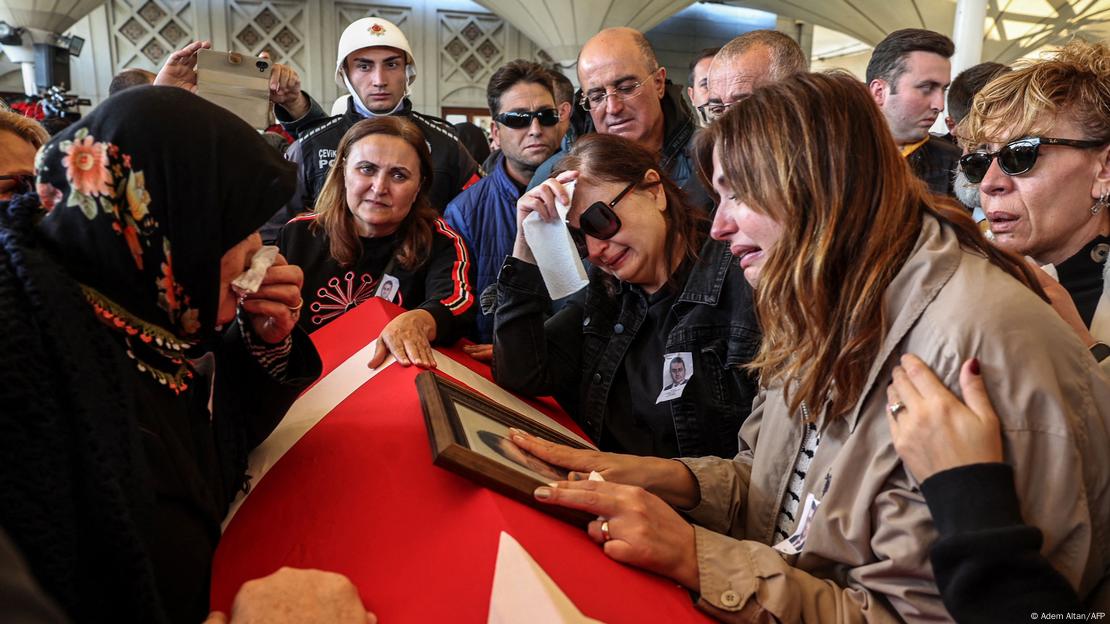
While the victims of the latest PKK attack were buried, Turkey's army targeted Kurdish facilities in Iraq and Syria
Image: Adem Altan/AFP
Is peace on the horizon?
In the past, multiple efforts have been made to create peace.
In the first years of the AKP government in particular, Kurds were given new rights, including educational opportunities in their mother tongue and Kurdish-language state media.
However, lasting peace remains the horizon.
Earlier this month, the far-right Nationalist Movement Party leader Devlet Bahceli surprised everyone by shaking hands with representatives of the pro-Kurdish DEM Party in parliament. He later described this as "perfectly normal for a party of unity in Turkey."
Bahceli, who is considered an important ally of Erdogan in the governing alliance with the AKP, appealed to Ocalan on October 15 to persuade the PKK to give up their weapons. On October 22, he called on Ocalan to announce the dissolution of the PKK in parliament.
On October 24, Ocalan replied from prison: "I have the theoretical and practical power to (transform) this process from one grounded in conflict and violence to one that is grounded on law and politics."

The PKK is said to have around 60,000 members, among them supporters, activists and combat soldiers
Image: Yann Renoult/Wostok Press/MAXPPP/picture alliance
What is behind this?
According to experts, regional developments have influenced Turkey's change of course on the Kurdish issue. But, political scientist Sezin Oney sees "no real peace initiative" in these steps. "The main aim is to minimize the threat posed by armed groups such as the PKK," she told DW.
Oney also stresses Turkey's current economic restrictions: "Turkey has neither the political nor the economic basis to finance a new war," she said.
Political scientist Eren Aksoyoglu, a former parliamentary advisor, agrees. "Turkey sees the Israel-Hamas war as a threat and against this backdrop, the government wants to integrate the Kurdish movement into 'Greater Turkey' and bring all internal actors under control," he told DW.
An AKP politician, who wishes to remain anonymous, confirmed that the geopolitical situation is forcing Turkey to strive for a unified domestic policy and resolve conflicts within the country.
This applies not only to the Kurdish question, but also to other domestic political tensions.
However, just one day after Bahceli's appeal, Ankara was shaken by the attack on the TUSAS defense factory, which has led to further strikes on Kurdish areas abroad. Many in the Turkish public see the attack as an attempt to undermine the peace efforts.
Berrak Güngör and Kayhan Ayhan contributed to this article, which originally appeared in German.

Burak Ünveren Multimedia editor with a focus on Turkish foreign policy and German-Turkish relations.
LA REVUE GAUCHE - Left Comment: Search results for OCALAN
LA REVUE GAUCHE - Left Comment: Search results for KURDS
LA REVUE GAUCHE - Left Comment: Search results for KURDISTAN





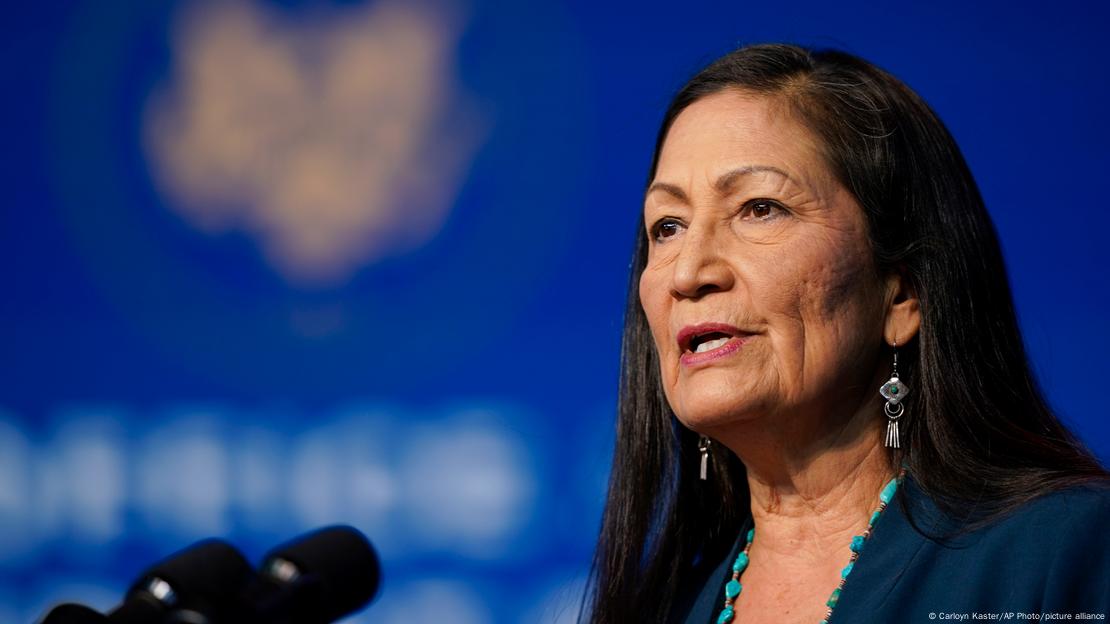
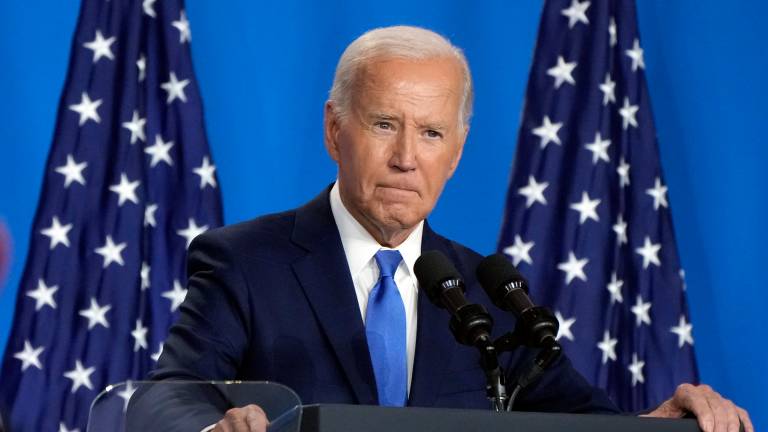
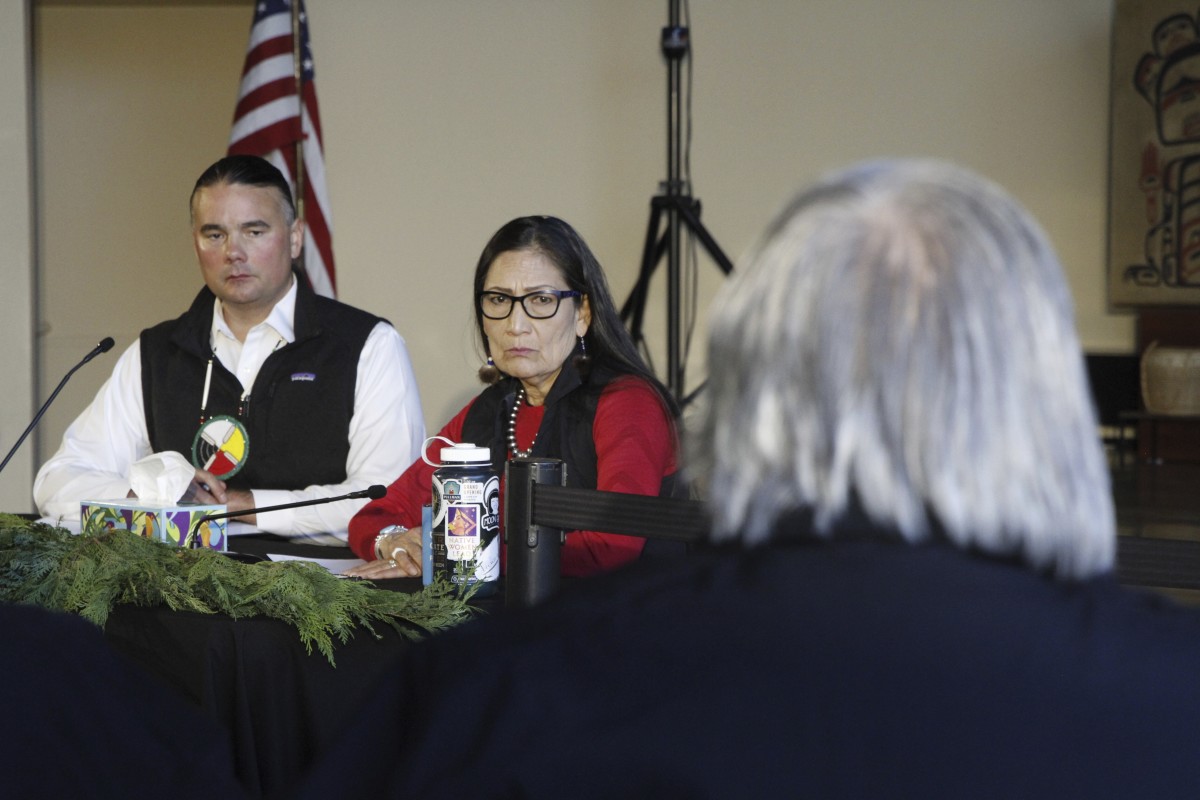
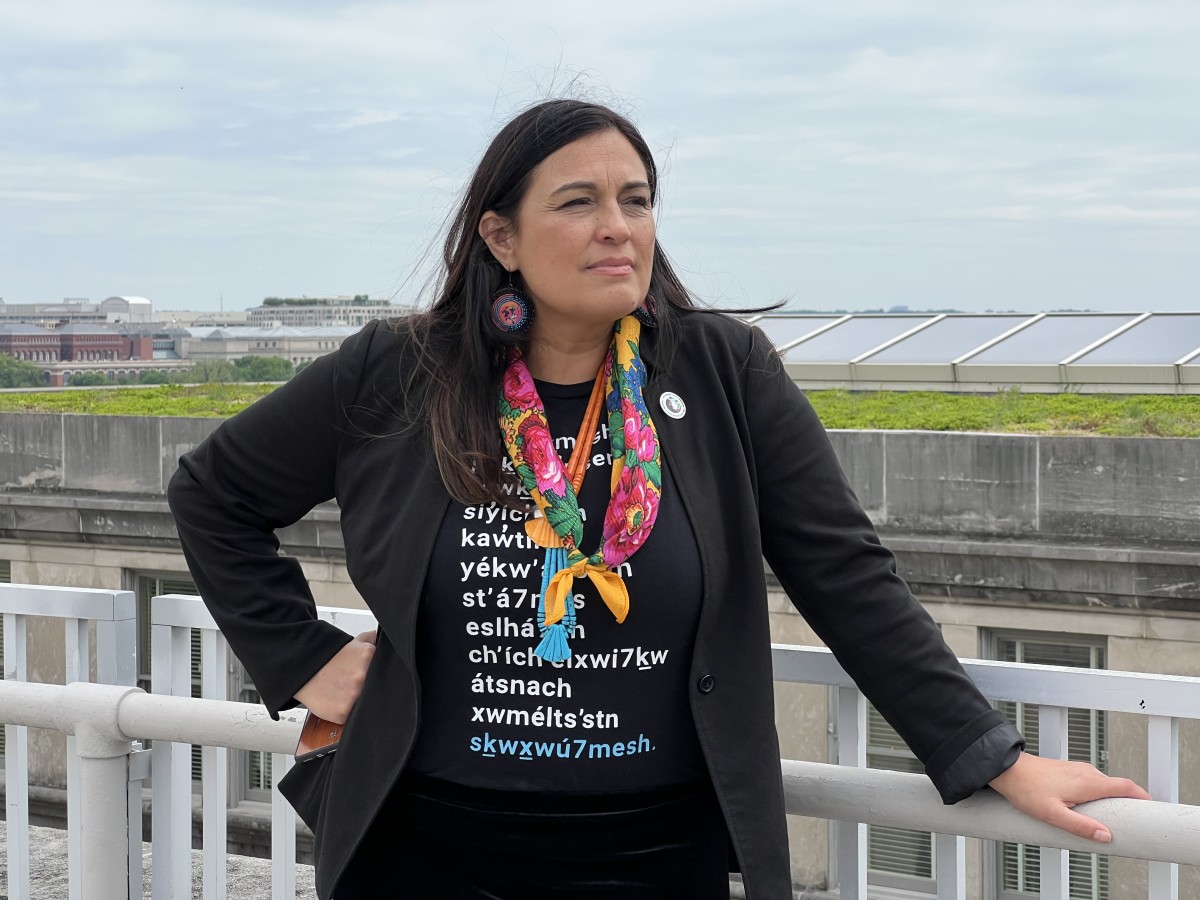
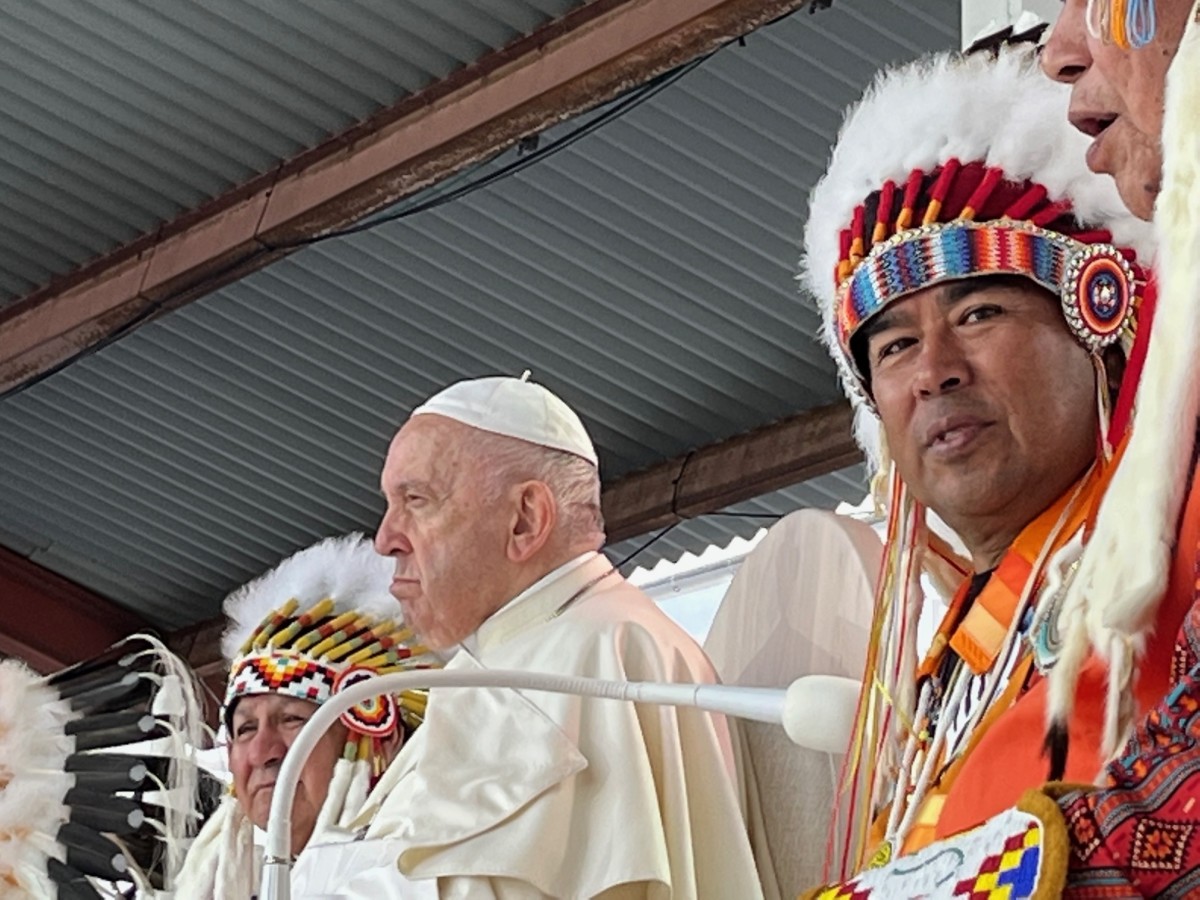
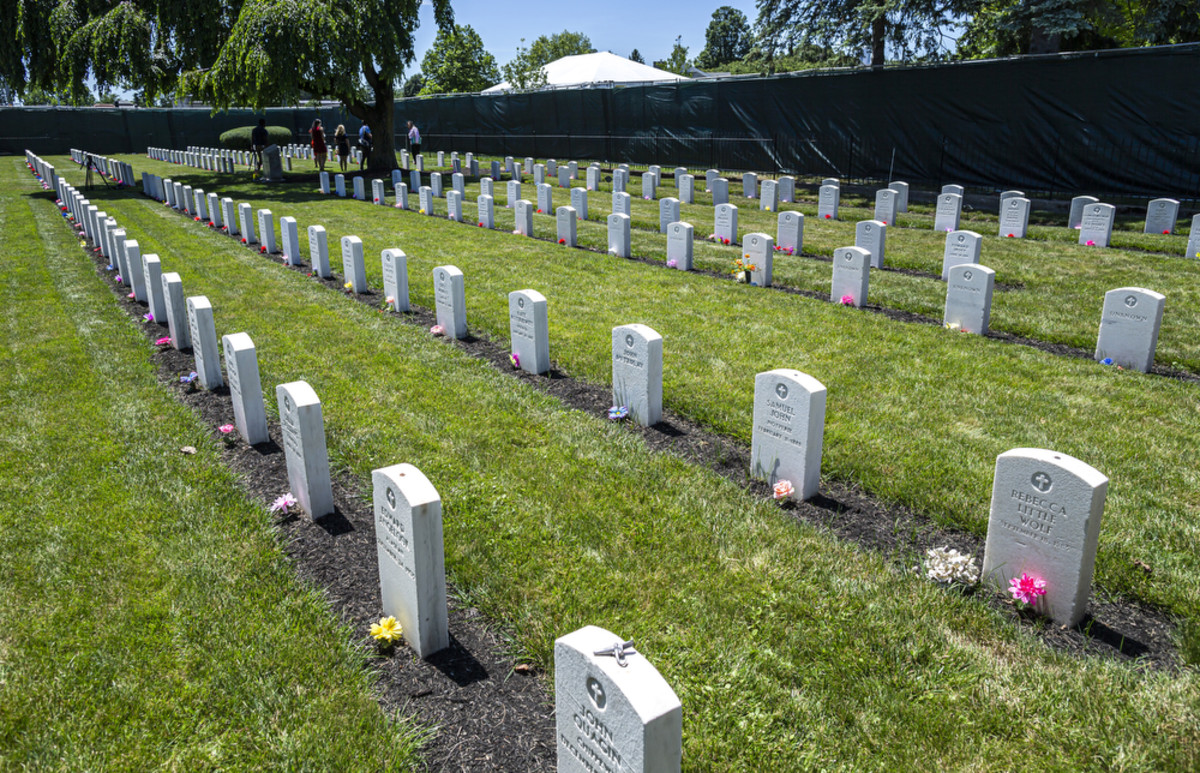
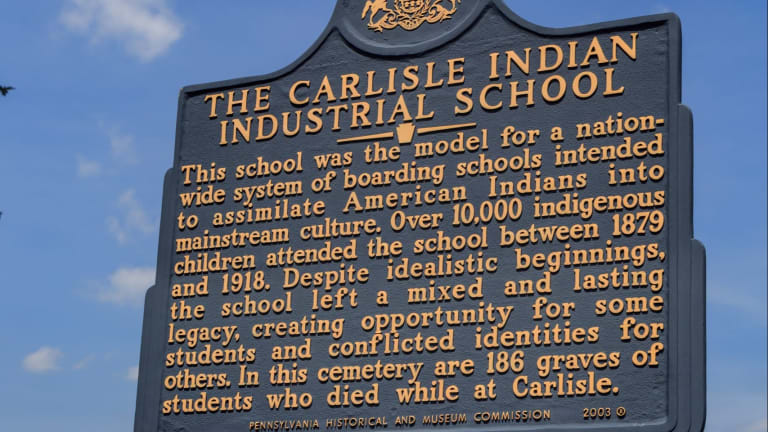
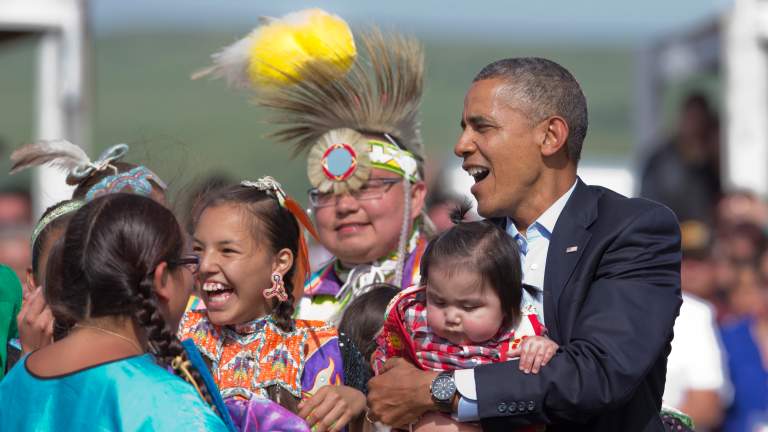


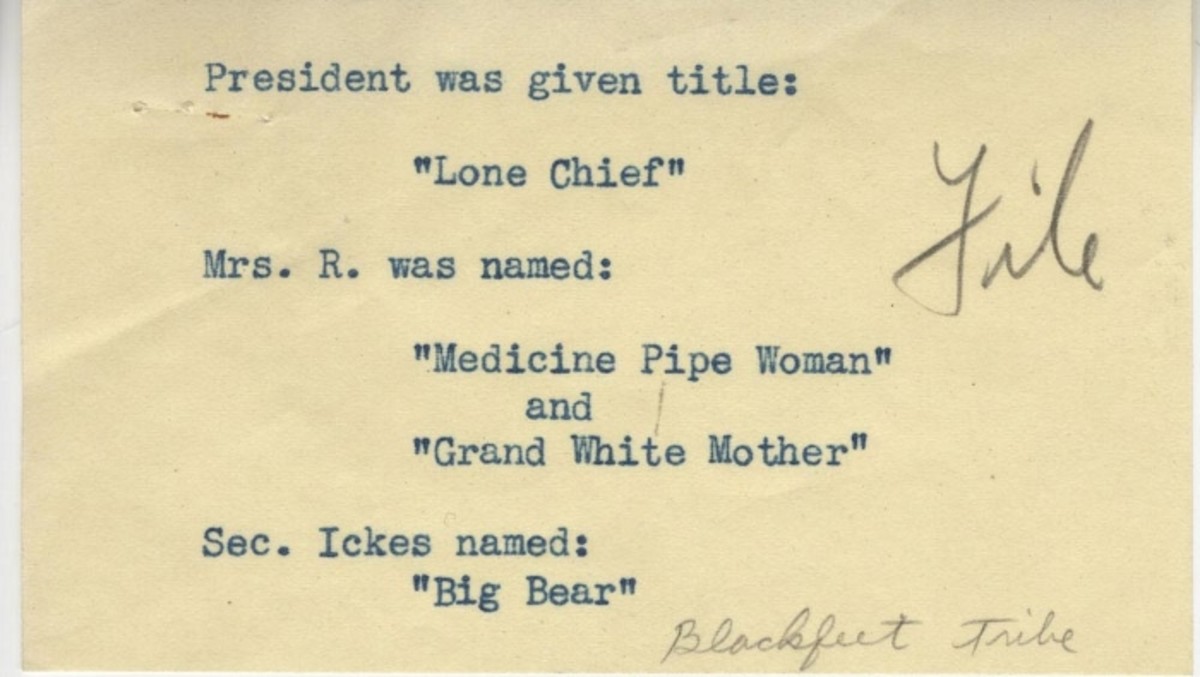



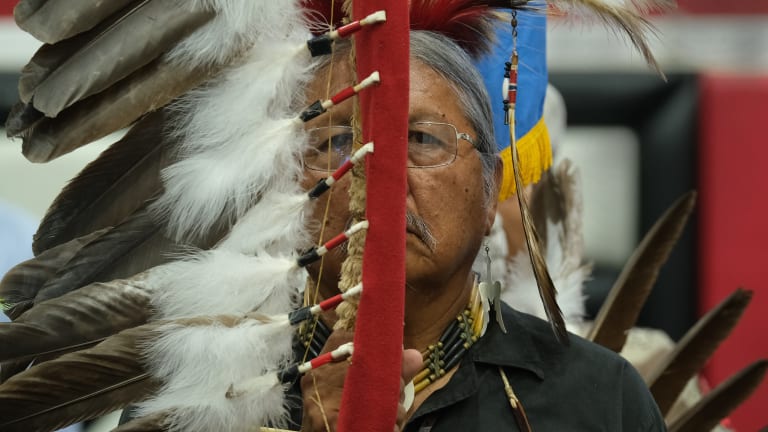



 France's Interior Minister Bruno Retailleau visits an Immigration Detention Centre east of Paris, on October 11, 2024. © Julien de Rosa, AFP
France's Interior Minister Bruno Retailleau visits an Immigration Detention Centre east of Paris, on October 11, 2024. © Julien de Rosa, AFP





